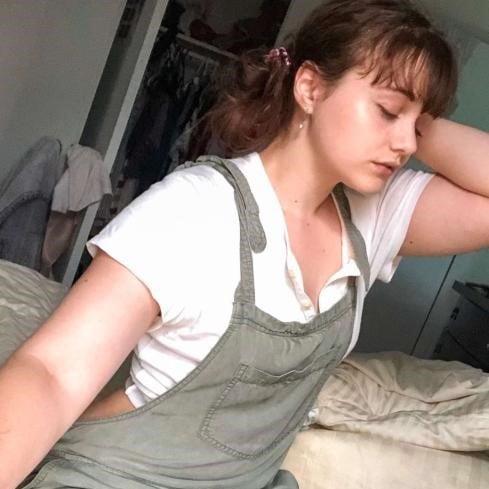cross-posted from: https://lemmy.ca/post/1339512
As a GM I’d like to feel like I fully understand how to utilize my monsters tactically, but over the past couple months as I’ve been running the beginner box and now leading into Abomination Vaults, I feel as though I’m very often just making three strikes with an enemy or moving and striking twice unless the enemy has a very specific action in its statblock which is obviously better. Like a dragon is obviously supposed to use its breath weapon, but then I ran goblin warriors last night and I couldn’t even figure out how to use their scurry reaction beneficially.
I like to think “what’s the most narratively appropriate actions?”
Then I take reactive actions based on the players input. So for example a player just crit for 50 damage +20 cause of weaknesses. What did they do on their turn? Grabbed and tossed that player, jumped out the window and started prepping traps in the woods nearby.
I also like to think of major fights like a story. There’s a beginning, a middle, and the end. Each Act should have a strong start and a lead in to the next. Now sometimes you get a Ranger critting for 113 damage with Gravity Weapon causing the fight to be over near instantly and that’s okay.
The only resource I can think of for monster tactics is The Monsters Know What They’re Doing . It is geared towards 5e but many of the tactics are the same.
I’m familiar with it from my 5e days, but I really doubt there’s a significant amount of relevance because of how fundamentally different the tactics and monster designs are between the two systems.
Run them naturally. How should they act?
Having a set plan for creatures can work fine. But think about how a fight will naturally progress.
Let’s take your Goblin encounter as an example.
Against 4 1st level PCs. A fighter, a Cleric, a rogue and a Wizard. classic party. Let’s make it a Moderate encounter. So let’s have 4 goblin warriors.
First. What’s the location and what triggered the encounter? Did the players sneak up on the goblins? We’re the goblins waiting and sprung an ambush? Did both parties collide accidentally and it’s a mad scramble?
Let’s use the goblin ambush. They set a trap and caught the party off guard.
So the first round will be that, say, the Fighter in the front of the party triggered a bear trap that was hiding just under the sandy road. The goblins, after hearing the trap go off, spring up and start lobbing rocks, maybe a alchemist fire they stole off the last mark.
Now the PCs are going to do their thing. At this point, put yourself in the mind of the goblins. They’re going to deal with the biggest threat first. Maybe the fighter escaped from the trap and is currently marching his way up to their hiding spot and they’re going to surround and beat him down?
Maybe he didn’t escape and the wizard is tossing painful spells? What about the Cleric? Is he healing the fighter? And where did the rogue get off to?
With most intelligent enemies, they don’t fight to the death. Everyone probably would rather run away and live to fight another day. But if they think there’s no way out. Maybe they surrender? Or perhaps your party is effectively or brutally killing allies, so they have no choice but to go all out and use all of their resources.
I guess the way I do it is flip it. The enemies are your characters. Play them thematically and if possible, intelligently. Hell, maybe the PCs obliterate half of your guys in mere seconds and you just high tail it out of there.


